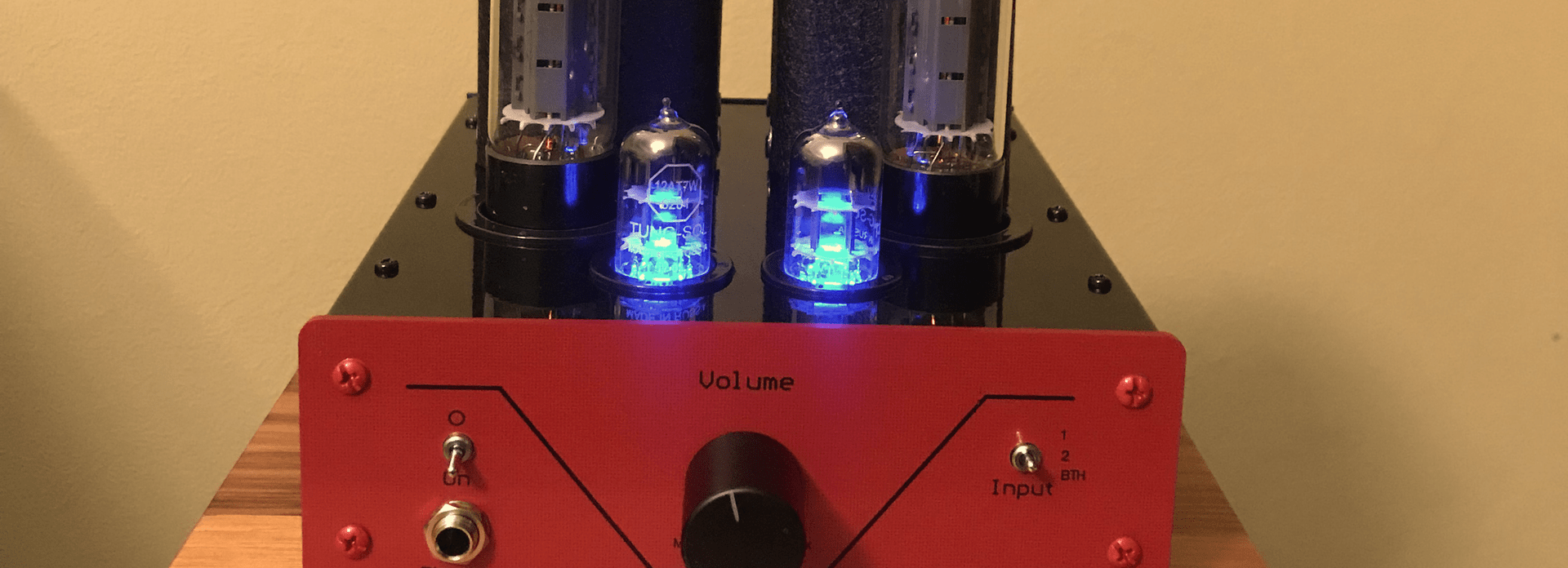Understanding Resistance, Capacitance, Inductance, Reactance, and Impedance.
Resistance
Resistance is the opposition to the flow of an electrical current, and is measured in ohms (Ω). It arises because energy is needed to free electrons from their atoms in a conductor. When current flows through a material with resistance, some of the electrical energy is converted into heat. This is why resistors in circuits can get warm during operation.
For example, the filament in an incandescent bulb produces light because its resistance causes it to heat up when sufficient current flows through it.
Importantly, resistance is identical, and has the same effects, in both direct current (DC) and alternating current (AC) circuits.
Capacitance and Capacitors
'Capacitance' describes the ability of a device to store energy in an electric field. Capacitors are components designed to create this effect, typically by placing two conductive plates close to each other with a material (called a dielectric) in between. The dielectric can be air, ceramic, or other materials.
When a voltage is first applied across a capacitor, current rushes into the capacitor and the electric field in the capacitor charges. The time taken for the capacitor to charge depends on the size of the capacitor and the charging current. When the capacitor is fully charged, the voltage across the capacitor will equal the applied voltage.
Because the current into the capacitor is maximum when the capacitor charge is low, and then decreases as the capacitor is charged, the current is said to 'lead' the voltage in phase.
The capacitor will remain charged when the charge voltage is removed, and if a resistance (or electrical load) is placed across the capacitor it will discharge through the resistance.
The capacitance value depends on the size of the plates, their distance apart, and the type of dielectric material. Capacitance is measured in farads (F), though you’ll usually encounter smaller units like microfarads (µF), nanofarads (nF), or picofarads (pF).
Capacitors are commonly used to store electrical energy, filter signals, or block DC while allowing AC signals to pass. Be cautious, though: large capacitors can store dangerous amounts of energy even after a circuit is turned off. Always discharge capacitors safely using a high value resistor.
Inductance and Inductors
Inductance is a property related to a conductor's ability to store energy in a magnetic field. Inductors are usually coils of wire wound around a core material such as air, iron, or ferrite material, though even a straight wire has a very small amount of inductance. The amount of inductance depends on factors like the coil's size, the number of turns, and the magnetic properties of the material inside the core.
Inductance is measured in henrys (H), and you’ll commonly see millihenrys (mH), microhenrys (µH), and nanohenrys (nH) in practical circuits.
When voltage is applied to an inductor it generates a magnetic field around the inductor which opposes the change in current through that inductor. (Remember that a changing/moving magnetic field produces a voltage in a conductor, and vice versa. This voltage generated by the changing magnetic field in the inductor opposes the voltage placed across the inductor. (This is often called back-EMF. Electromotive force EMF is another term for voltage).
The current through the inductor slowly builds to a maximum in a time depending on the size of the inductor and the charging voltage.
When a voltage is first placed across the inductor the current is low due to the back-EMF and the oposition to current flow. As the magnetic field across the inductor stabilises, the current through the inductor rises and the voltage across the inductor falls. The current is said to 'lag' the voltage in phase.
Energy cannot be destroyed, it can only be converted to one form to another. If the current through an inductor suddenly stops, such as by opening a switch or a relay, the energy in the collapsing magnetic field is converted back into electrical energy in the form of a very high back-EMF voltage across the inductor. This is why caution is needed when working with large inductors like those found in relays or motors, and why its good practice to place reverse diodes across relays to short out the back-EMF.
Reactance: The AC Counterpart to Resistance
In AC circuits, capacitors and inductors exhibit a property called reactance, which opposes the flow of alternating current. Reactance in an AC circuit is similar to resistance - it impedes the flow of an AC current. Reactance depends on the frequency of the AC signal and the amount of capacitance or inductance:
Capacitive Reactance (XC): The opposition to changes in an electric field within a capacitor. Higher frequencies reduce capacitive reactance, making capacitors act more like a short circuit for high-frequency signals and an open circuit for low frequencies.
Inductive Reactance (XL): The opposition to changes in a magnetic field within an inductor. Higher frequencies increase inductive reactance, making inductors act more like an open circuit for high-frequency signals and a short circuit for high frequencies.
Reactance (X) is measured in ohms (Ω), just like resistance.
Impedance: The Combination of Resistance and All Reactance's
Impedance (Z) is the overall opposition to the flow of AC current in a circuit and is the combination of resistance (R), capacitive reactance (XC), and inductive reactance (XL). Unlike resistance, which is a simple value, impedance is a complex number that includes both magnitude and phase angle.
For practical purposes:
Impedance is what you see specified in devices like loudspeakers (e.g., "8 ohms impedance"), however, this is just an approximation.
A real loudspeakers' impedance varies with frequency because it combines resistance, inductance, capacitance, and (in a loudspeaker) a whole range of mechanical properties that also affect the electrical impedance.
Impedance is crucial for audio hobbyists because it affects how components like amplifiers and speakers interact. Mismatched impedance can reduce performance or even damage equipment.
By understanding these properties, you’ll have a solid foundation for exploring more advanced audio and electronic concepts.
Thanks for reading
Phil Wait
